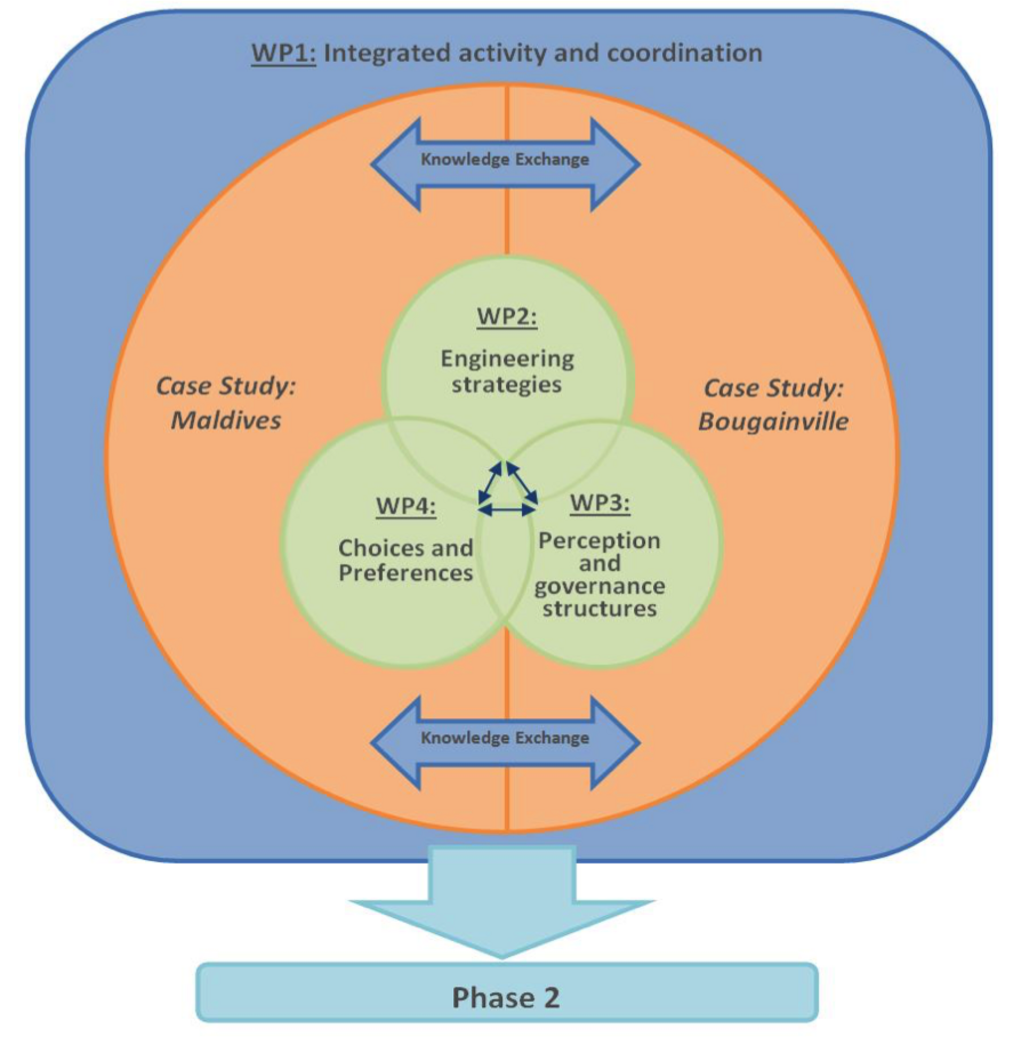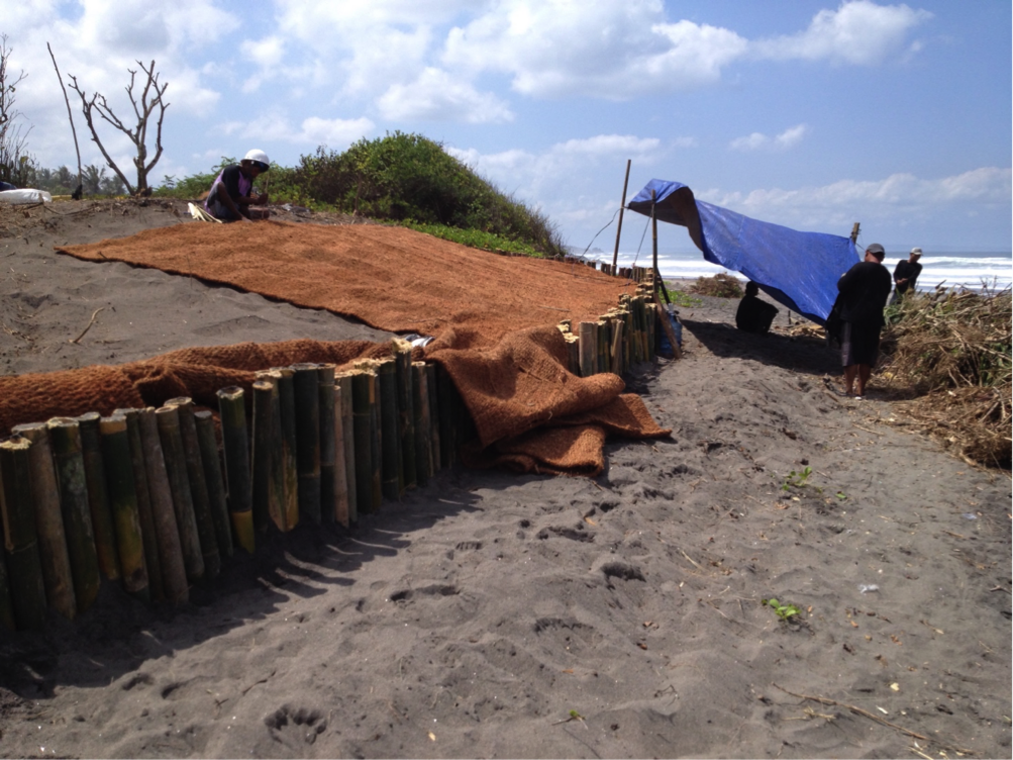DICES
Dealing with change in SIDS: societal action and political reaction in sea level change adaptation in Small Island Developing States (DICES)
Background
Small Island Development States (SIDS) are particularly threatened by the impacts of future climate change and associated triggered coastal processes. So far, island instability combined with human activities has often resulted in the proliferation of engineering-type hard-coastal protection systems to defend coastal areas up to a certain level of security from coastal hazards. There is significant evidence that traditional accommodation strategies gave way to modernization, but, in some cases, politically induced maladaptation seems to aggravate coastal management issues and induce additional problems (e.g. IPCC 2014; Barnett/O’Neill 2010; Connell 2013).
Research Objectives
The overall objective of the project is to consider the challenges for formal and informal institutions and island societies of dealing with changes due to sea level rise and potentials and pitfalls of adaptive capacities. In particular, the project aims to:
- analyse different types of adaptation options and governance structures across multiple levels (from local to international),
- analyse alternative coastal engineering strategies onsite following the “working with nature” approach by means of probabilistic adaptive pathways design,
- scrutinize people’s identification with these alternative strategies, also in regard to management and long-term maintenance of low-cost infrastructure, with the aim of achieving sustainable and resilient development at the local level, and
- identify, based on a cost-benefit-analysis, those strategies that are likely to provide the largest net benefits to society.
The project brings together three different disciplines (coastal engineering and management, integrative geography, behavioural and environmental economics) and their different qualitative and quantitative methodological approaches, ranging from household surveys, choice and field experiments, focus group discussions, coastal field surveys to coastal engineering modelling attempts. The different approaches will be closely connected to each other by the use of integrated and coordinated methodological tools (see Figure). The synthesis of the results for PNG and the Maldives will allow us to reveal cultural differences of engagement, preparedness and ownership to alternative low regret approaches and gain insights for general situations in small island states. DICES consists of four work packages (WP), dealing with (1) the overall framework and coordination of DICES; (2) the design of probabilistic pathways for alternative coastal engineering strategies with the help of probabilistic graphical models (PGM); (3) the analysis of perception and governance structures through household surveys and the analysis of the existing agenda for climate change adaptation in the political institutions; and (4) with choices and preferences, revealing the people’s trade-offs between different protection measures.
Study Sites
DICES will use two case study sites and compare results for the SIDS of Papua New Guinea (PNG) and the Maldives. Both island states are composed of different islands with a broad variety of size, regionally specific coastal situation regarding e.g. geology and typology, differences in development status, cultural and governance settings. PNG gained equivocal reputation of being the first to resettle island inhabitants (Carteret Island), whereas the Maldivian capital Malé is surrounded by a 3m-high sea wall, constructed after a big wave in 1987, financed by Japanese development aid. But the two SIDS also share common features. Both countries are members of the UN Small Island Developing States group, are in a postcolonial situation and depend heavily on external linkages. While the Maldives was the first country to sign up to the Kyoto Protocol, is leading partner in the Post-Samoa Process of the SIDS Partnership Dialogue and predominant in the “sinking island discourse” (McAnaney 2012; Farbotko 2010), PNG is internationally less visible. It is, therefore, not surprising that studies from various disciplines have, so far, focused on coastal issues of the Maldives rather than on PNG.
By comparing two case study regions in different cultural settings, with different developing status and differing international political involvement, we analyze the role of socio-cultural framings in vulnerability and resilience, the importance of political governance structures and the resulting adaptive capacities and preparedness of island societies to cope with increased coastal problems and projected sea level changes. Against this background we assess and test low-regret strategies and construction measures to adapt to sea level change under given technical, economic, cultural, social and political constraints and find novel means to support probable pathway design in data scarce conditions and enhance understanding of effective coastal protection strategies encompassing “low-regret” attempts in the political context in the two pilot regions.


